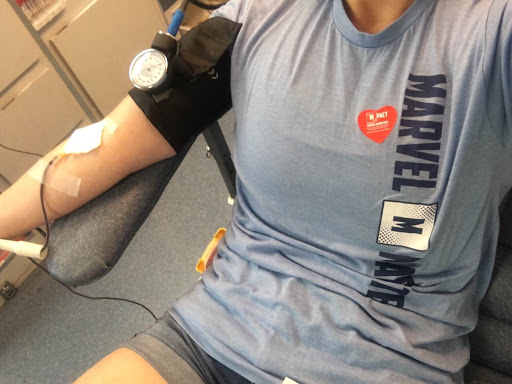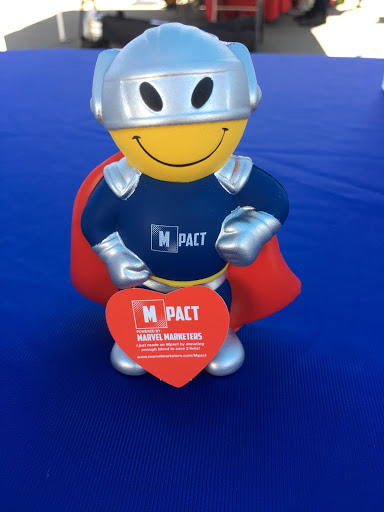According to a recent DemandLabs report, 72% of marketers are held accountable for revenue, yet 64% of marketing leaders do not have an attribution strategy in place. Of those that do, only 31% find their strategy successful.
Revenue (or opportunity) attribution is the holy grail in proving or improving marketing’s worth to C-level, but it remains a struggle to determine which campaigns, assets, and channels are contributing to the pipeline.
Selecting a revenue attribution tool is the first step. For this article, we will assume you’ve chosen Marketo Measure (formerly Bizible). The 2nd step is deciding which attribution model is right for you. Marketo Measure includes all of the common models, including first touch, lead creation, U shape, W shape, full path, and custom. Some are single-touch and some are multi-touch.
So, which attribution model is right for you? To help answer this question, ask a different question: What part(s) of the funnel is your job performance measured against?
First Touch Model
If for example, you’re responsible for DemandGen, you’ll likely choose the first touch model, which gives 100% of the credit to the activity that drives net new interactions, for example, paid media or brand awareness campaigns.

- Pros: If all you care about is what produced the most net-new interactions, this is a good choice.
- Cons: This model completely ignores the rest of the funnel, including whether the interaction actually influenced a sale or not.
Last Touch Model
If you are responsible for generating leads, you might want the last touch model, which gives 100% of the credit to the last activity that drove a lead conversion.

- Pros: This model helps answer questions like, which channels, campaigns, and assets are motivating people to provide their contact information?
- Cons: It ignores the number of steps required for a prospect to lead conversion, and beyond.
U-Shaped Attribution Model
If you are responsible for both DemandGen and lead conversion, you might choose the U-shaped attribution model, which gives 50% of the credit to the first touch and the other 50% to the lead creation touch.

- Pros: Helps analyze marketing performance holistically at the top of the funnel.
- Cons: Ignores MQL stage and beyond.
W-Shaped Attribution Model
If you are responsible for driving leads to the opportunity stage, you might choose the W-shaped attribution model. This model gives 30% to the first touch, 30% to lead creation, 10% to middle funnel stages, and 30% to opportunity creation.

- Pros: Great for tracking marketing’s influence on a pipeline, including what % of pipeline marketing has influenced and which channels/campaigns drive the most opportunities.
- Cons: Ignores all other interactions with the brand and doesn’t include any closed-won revenue analysis.
Full Path Attribution Model
If you are responsible for proving or improving marketing’s effectiveness across the entire funnel, you might choose the full path attribution model, which gives 22.5% to the first touch, 22.5% to lead creation, 22.5% to opportunity creation, 22.5% to Closed and the remaining 10% distributed equally among the intermediary touches.

- Pros: Great for tracking marketing’s full-funnel impact, from the first touch through closed won.
- Cons: Ignores MQL stage
Custom Attribution Model
Marketo Measure allows custom attribution models to be configured. Many use a custom model to include the MQL stage for example.
There are other options within Marketo Measure’s custom model, including adding Boomerang stages, which can track, for example, an MQL to SAL conversion that then goes back to MQL if not qualified.
So which attribution model is right for your company? Maybe all of them. It’s not uncommon to have more than one model in place.
Answering the question, “What part(s) of the funnel is your job performance measured against”, singles out the best attribution model for YOU.
If you‘d like to learn more about Marketo Measure attribution strategies, implementations, and optimizations, please contact us.




